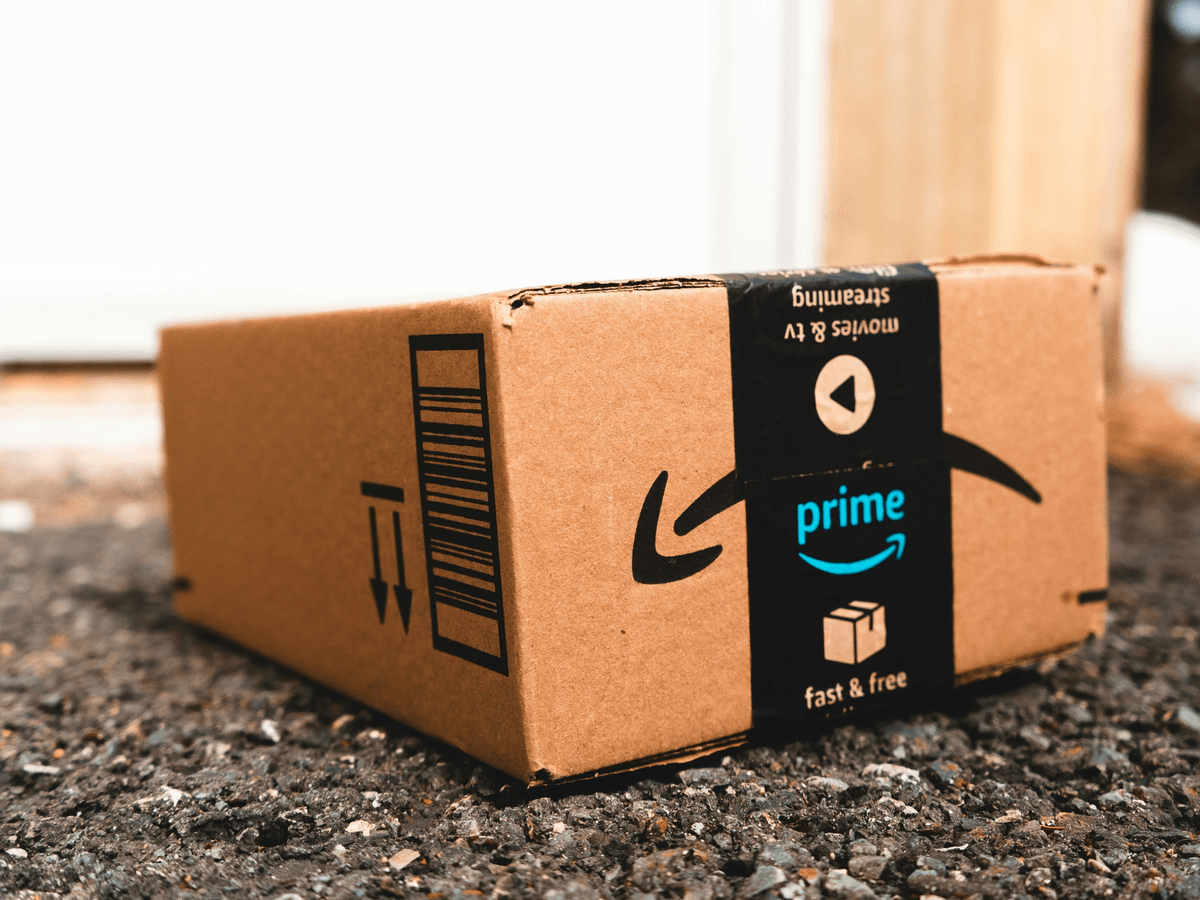
Prime Day is expected to generate $23.8 billion in online spending in the US this year, marking a major milestone for summer retail sales.
The total for the extended four-day event running from July 8 to 11 marks a 28% rise from the comparable period of 2024, according to Adobe Analytics. It is also more than double the $10.8 billion in online revenue achieved on Black Friday last year. The previous Prime Day event lasted two days, which likely contributed to this year’s rise.
The expansion of Prime Day to a longer window is aimed at capturing more consumer dollars, especially as price-conscious shoppers seek early deals ahead of the back-to-school season. Big discounts are a major driver, with anticipated markdowns peaking at 24% for apparel, followed by electronics at 22%, TVs at 17% and appliances at 16%.
Mobile commerce will play a key role this year, with over half of online sales — around 53% — expected to occur on smartphones. This shift reflects changing shopping habits as consumers increasingly make quick purchases on the go.
Spending on big-ticket items is also set to rise, as consumers show a willingness to trade up in categories such as electronics, appliances, sporting goods, and furniture.
Buy Now Pay Later (BNPL) services are forecast to account for 8% of total online sales during Prime Day, a slight increase from 7.6% last year. The growth of BNPL reflects shoppers’ desire for greater payment flexibility amid continued economic uncertainty.
Prime Day began as a dedicated time for Amazon to offer significant deals on its site, but other retailers now take advantage of the event to offer online discounts of their own.
Image: A woman purchasing goods online. (Shutterstock)
